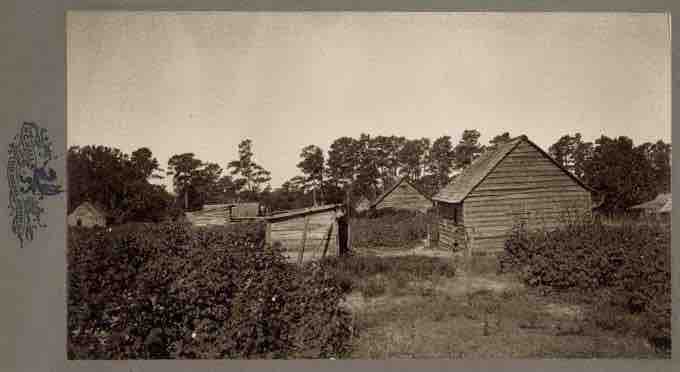General Elements in Slave Treatment
The treatment of slaves in the United States varied widely depending on conditions, time, and place. Generally speaking, urban slaves in the northernmost Southern states had better working conditions and more freedom than their counterparts on Deep South plantations. As slavery became more entrenched and slaves both more numerous and valuable, punishments for infractions increased.
Treatment was generally characterized by brutality, degradation, and inhumanity. Whippings, executions, and rapes were commonplace, and slaves were usually denied educational opportunities, such as learning how to read or write. Medical care was often provided to slaves by the slaveholder’s family or fellow slaves who had gleaned medical knowledge via ancestral folk remedies and/or experiences during their time in captivity. After well-known rebellions, such as that by Nat Turner in 1831, some states even prohibited slaves from holding religious gatherings due to the fear that such meetings would facilitate communication and possibly lead to insurrection or escape.
Isolated exceptions existed to the generally horrific institution of slavery. For instance, there were slaves who employed white workers, slave doctors who treated upper-class white patients, and slaves who rented out their labor. Yet these were far from common occurrences.
Sexual Abuses
Slave women in the United States were frequently subjected to rape and sexual abuse. Many slaves fought back against sexual attacks, and many died resisting. Others carried psychological and physical scars from their attacks. Sexual abuse of slave women was rooted in and protected by the patriarchal Southern culture of the era in which all women, black or white, were treated as property, or chattel. As early as the adoption of partus sequitur ventrem into Virginia law in 1662, the children born of sexual relations between any man and a black woman were classified as slaves regardless of the father's race or status. The result after several generations was a large number of mixed race, or mulatto, slaves. At the same time, Southern societies strongly prohibited sexual relations between white women and black men in the name of racial purity.
Maintaining White Dominance
In 1850, a publication provided guidance to slave owners on how to produce the "ideal slave":
- Maintain strict discipline and "unconditional submission";
- Create a sense of personal inferiority, so slaves "know their place";
- Instill fear in the minds of slaves;
- Teach the servants to take interest in the master's enterprise; and
- Ensure that the slave is uneducated, helpless, and dependent by depriving them of access to education and recreation.
Treatment of slaves tended to be harsher on larger plantations, which were often managed by overseers and owned by absentee slaveholders. In contrast, small slave-owning families sometimes provided a more humane environment due to the closer relationship between owners and slaves.
Humane Treatment
Following the prohibition placed on the trans-Atlantic slave trade in the early nineteenth century, some slave owners attempted to improve the living conditions of their existing slaves in order to deter them from running away.
Some proslavery advocates asserted that many slaves were content with their situation. African-American abolitionist J. Sella Martin countered that the apparent contentment was merely a psychological reaction to the exceedingly dehumanizing brutality that some slaves experienced, such as witnessing their spouses sold at auction or seeing their daughters raped.
Education and Access to Information
Slaveholders remained fearful that slaves would rebel or try to escape. Most slaveholders attempted to reduce the risk of rebellion by minimizing the exposure of their slaves to the world beyond their plantation, farm, or workplace, restricting access to information about other slaves and possible rebellions, and degrading the slaves by stifling their ability to exercise their mental faculties. Depriving slaves of such exposure eliminated dreams and aspirations that might arise from an awareness of a larger world.
Education of slaves was generally discouraged (and sometimes prohibited) because it was feared that knowledge—particularly the ability to read and write—would cause slaves to become rebellious. In the mid-nineteenth century, slaving states passed laws making education of slaves illegal. In Virginia in 1841, the punishment for breaking such a law was 20 lashes with a whip to the slave and a fine of $100 to the teacher. In North Carolina in 1841, punishment consisted of 39 lashes to the slave and a fine of $250 to the teacher. Education was not illegal in Kentucky, but it was virtually nonexistent. In Missouri, some slaveholders educated their slaves or permitted the slaves to educate themselves.
Medical Treatment
The quality and extent of medical care received by slaves is not known with much certainty. Some historians speculate that the quality must have been equal to that of white people, assuming owners acted to preserve the value of their property. Others conclude that medical care was poor for slaves, and others suggest that while care provided by slaveholders was neglectful, slaves often provided adequate treatment for one another.

South Carolina plantation slave houses
This image shows slave quarters on a South Carolina plantation.